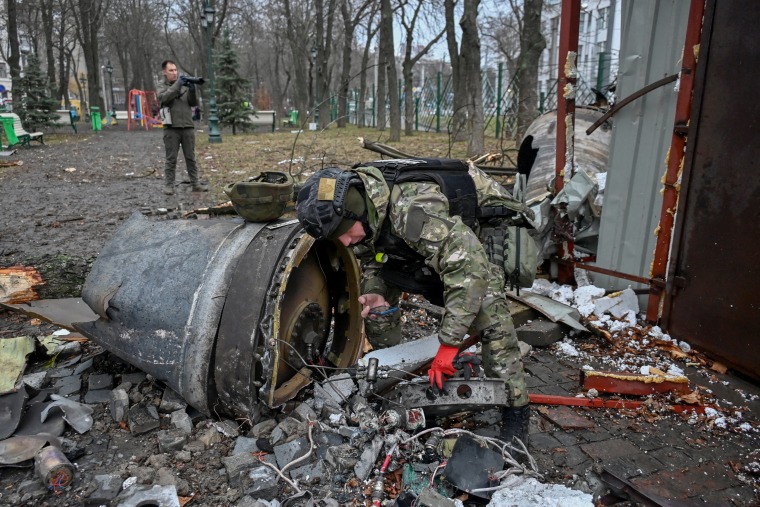During a field investigation, Conflict Armament Research (CAR) documented the debris of a ballistic missile that struck Kharkiv, Ukraine, on January 2, 2024. Evidence suggests that this missile was manufactured in North Korea and is likely a KN-23 or KN-24, both of which entered service in North Korea in 2020.

Established in 2011, Conflict Armament Research conducts in-depth research on weapon supplies in armed conflicts to inform effective weapon management and control. CAR’s field investigation teams document illicit weapons, ammunition, and related materials in conflict zones, providing valuable data to address global arms-related challenges.
CAR’s field investigation team identified several characteristics that led to the conclusion that the missile was of North Korean origin. If you wish to delve into the full report, here is the link.
CAR identified that the missile documented in Ukraine was of North Korean origin based on several distinctive features observed during their thorough documentation. Here are the main reasons that led to this conclusion:
Jet vane actuators are components that control the missile’s trajectory by directing its thrust. CAR noted that the jet vane actuators on the documented missile had distinct characteristics consistent with those typically associated with North Korean missiles. This observation was an initial indication of the missile’s origin.
Examination of the missile revealed a specific bolt pattern around the igniter. This pattern was consistent with what is commonly found on North Korean missiles, further strengthening the belief that the missile was of North Korean manufacture.
During the examination of recovered missile components, CAR investigators discovered a Korean character, specifically Hangul, on one of the missile’s barometers. This Korean inscription provided additional evidence of the missile’s North Korean origin.
